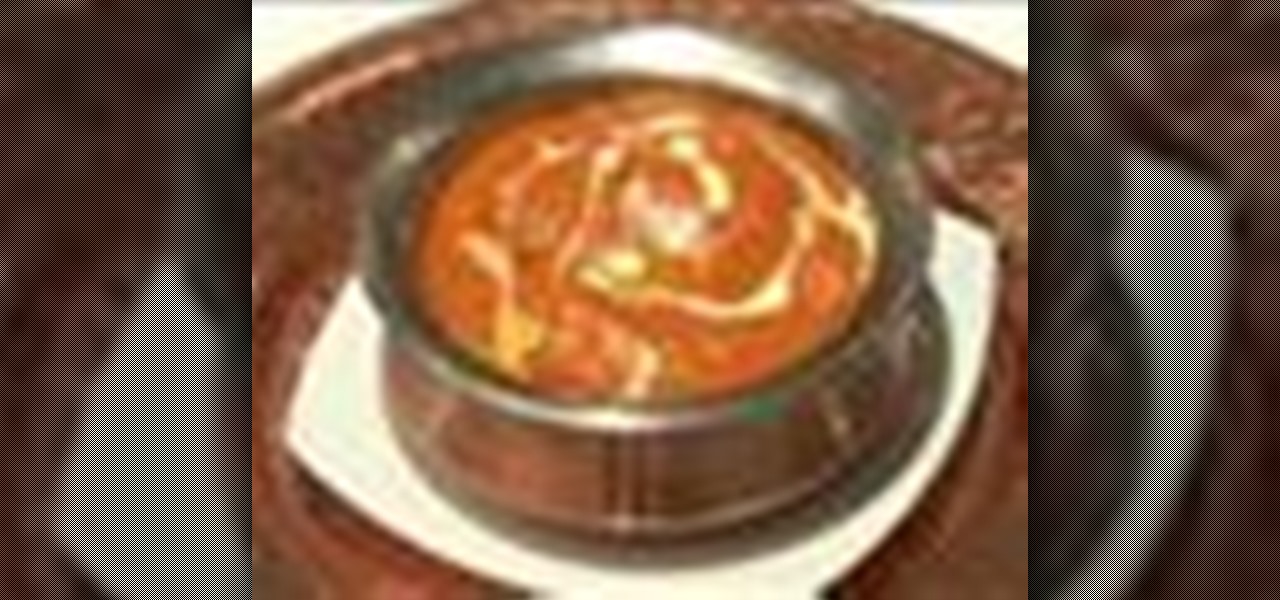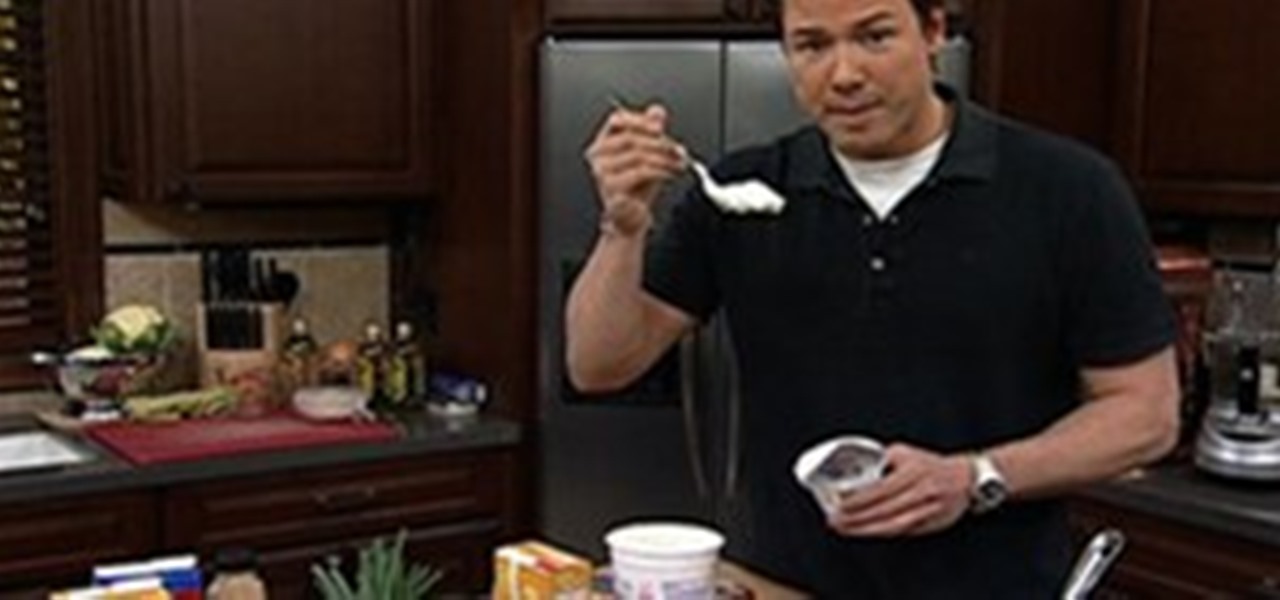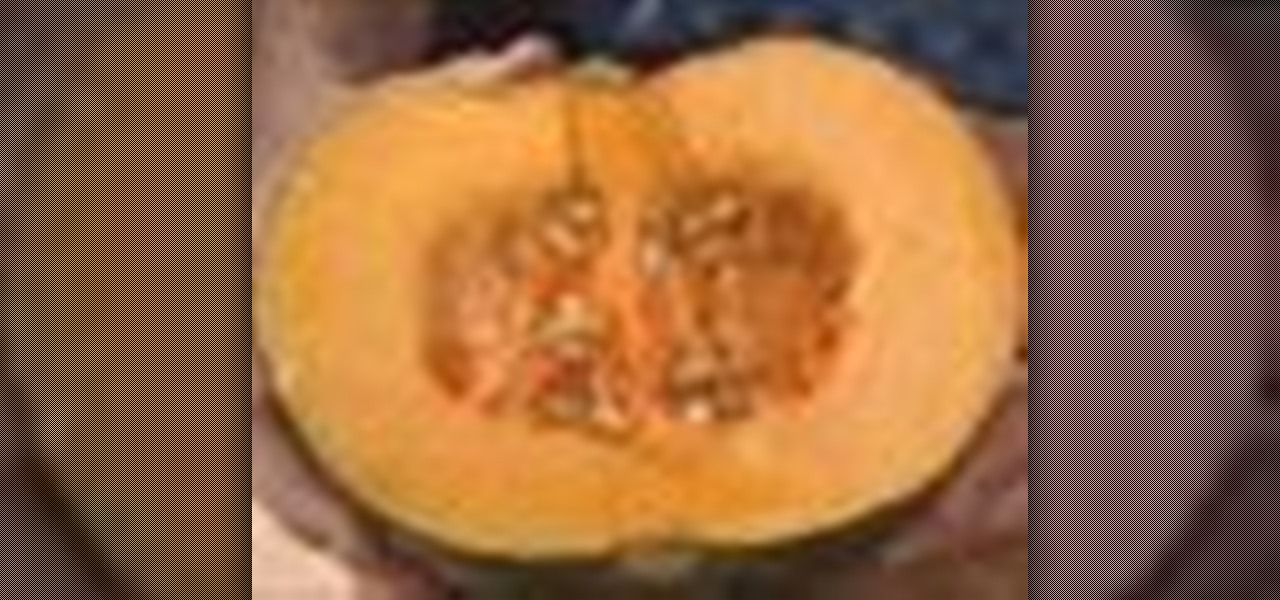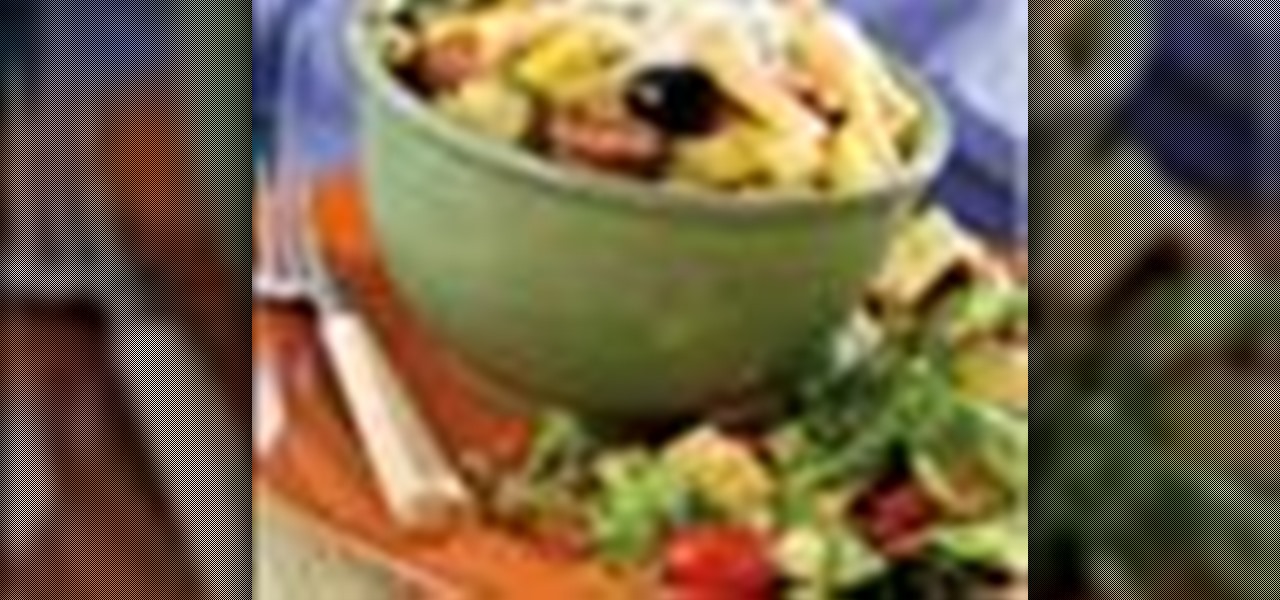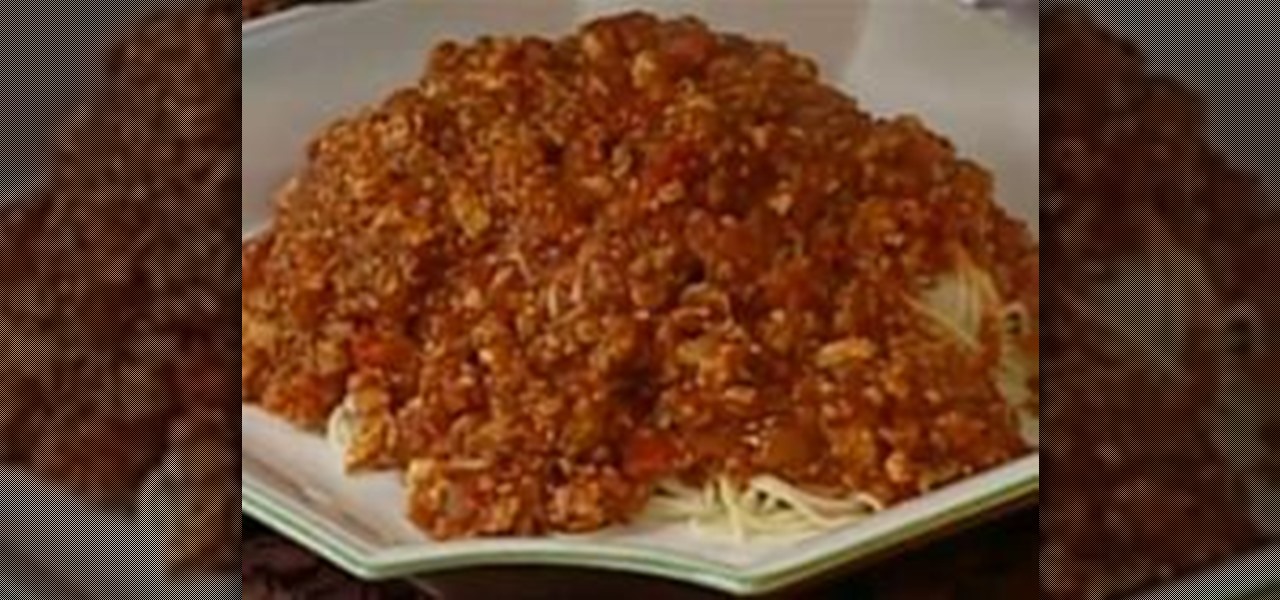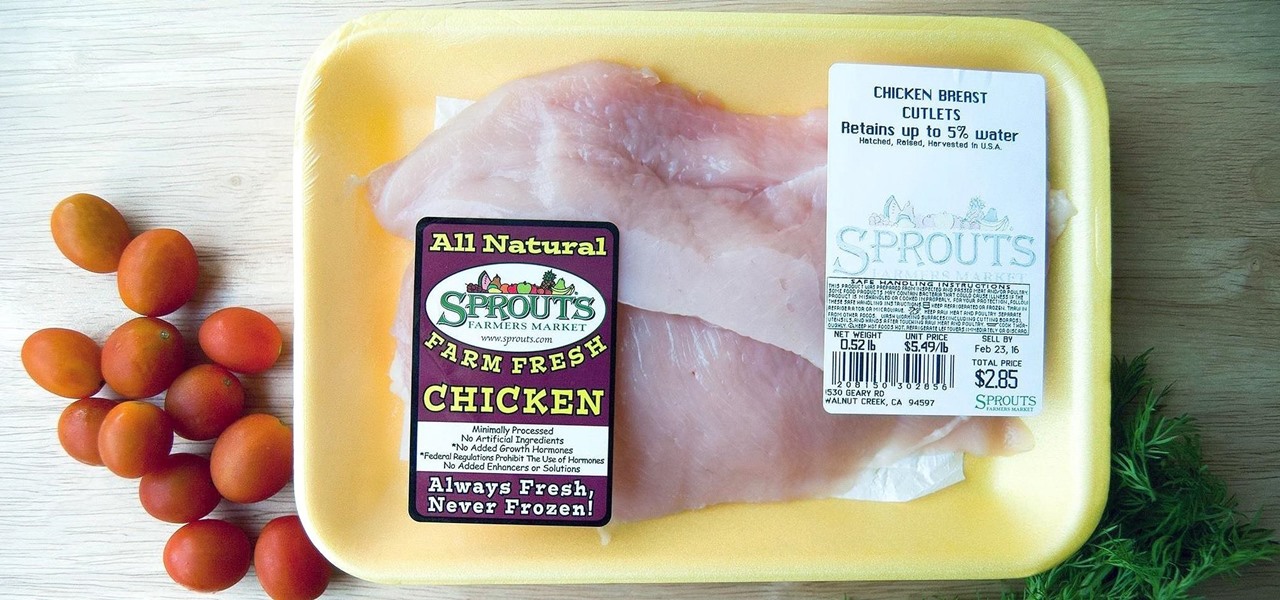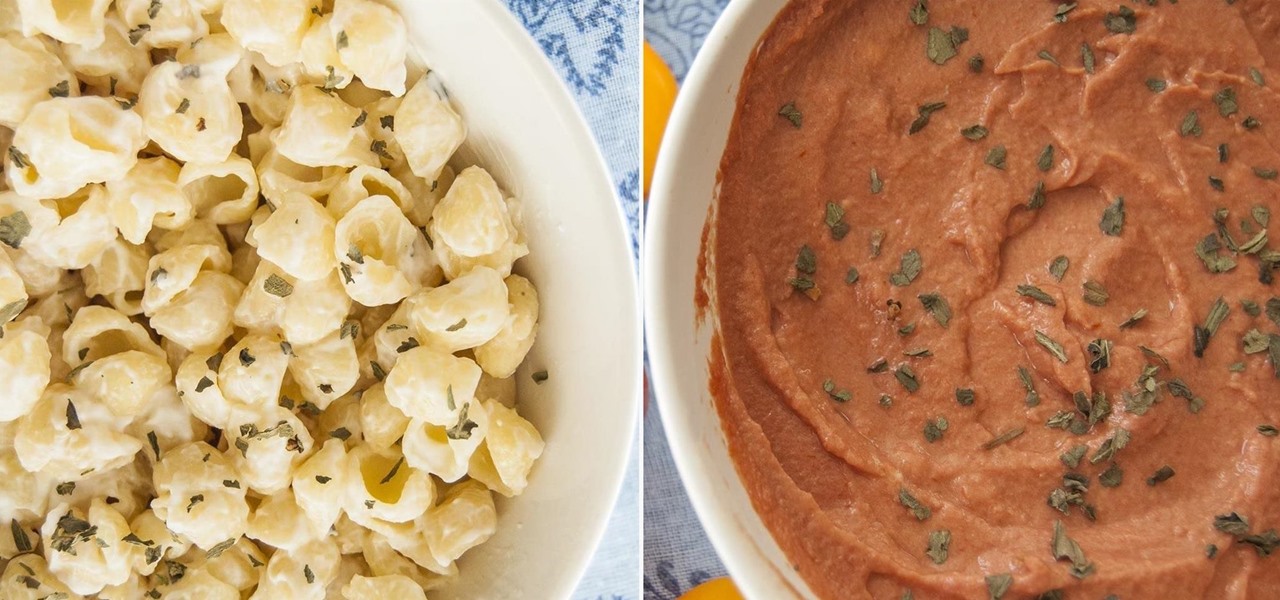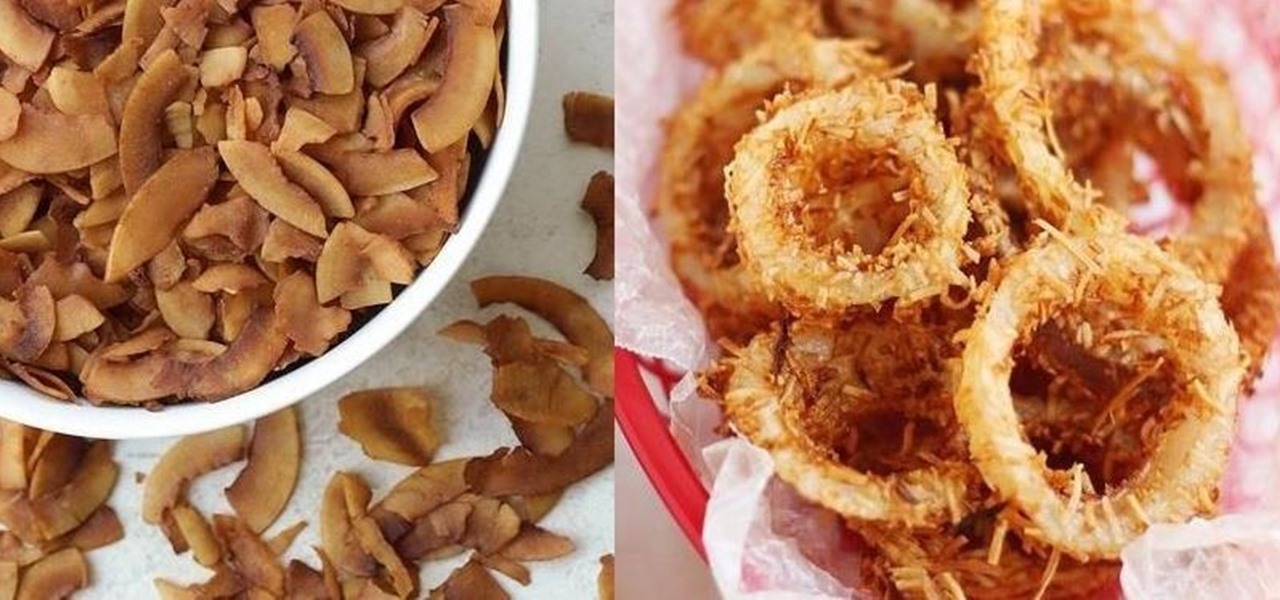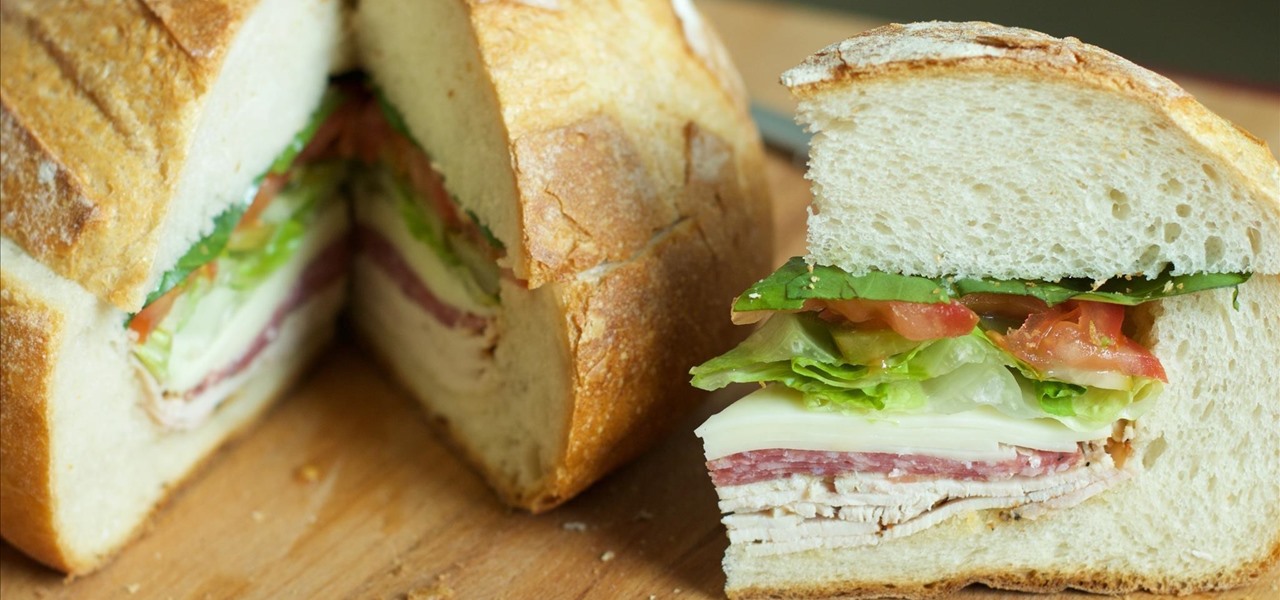
We like picnicking of all sorts, from picnics in bright, sunny weather to grey or rain-drizzled picnics. So it's not a stretch to say that we've become quite good at packing sandwiches to enjoy later. But we're always looking for a better way to do things, and that includes our sandwich making—and we think we've found the best way to make a sandwich ever.
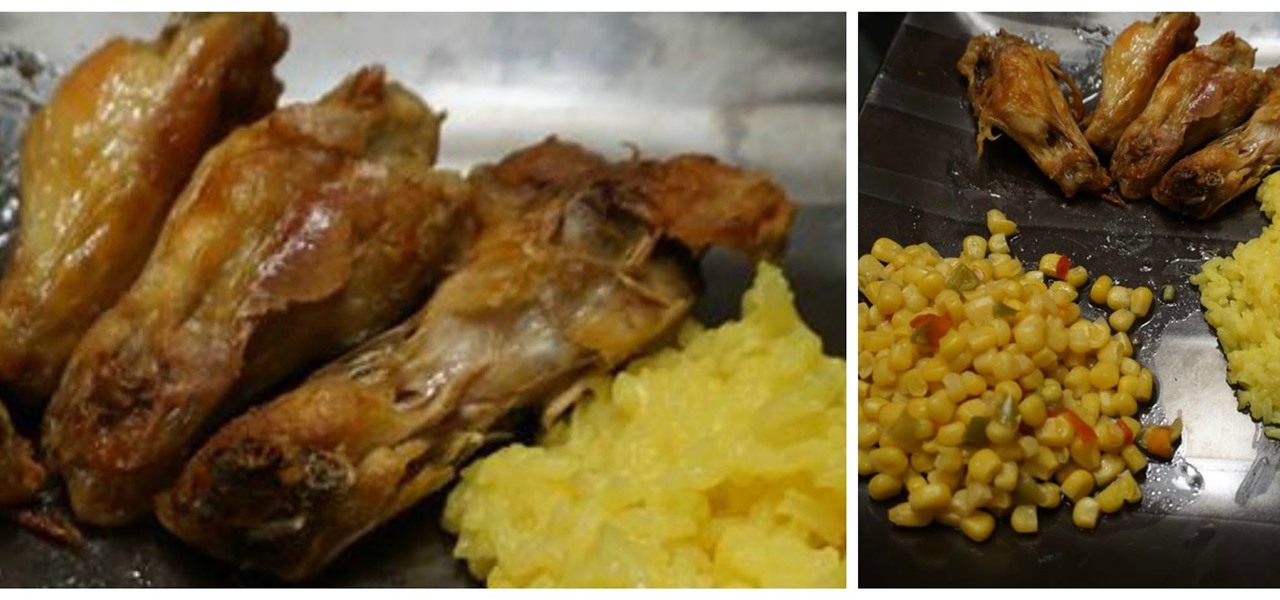
This Video will Show you how to make a Semi-Southern Meal Quick and Easy! I will be Having Fried Chicken, Greens, Sweet Potato Soufflé
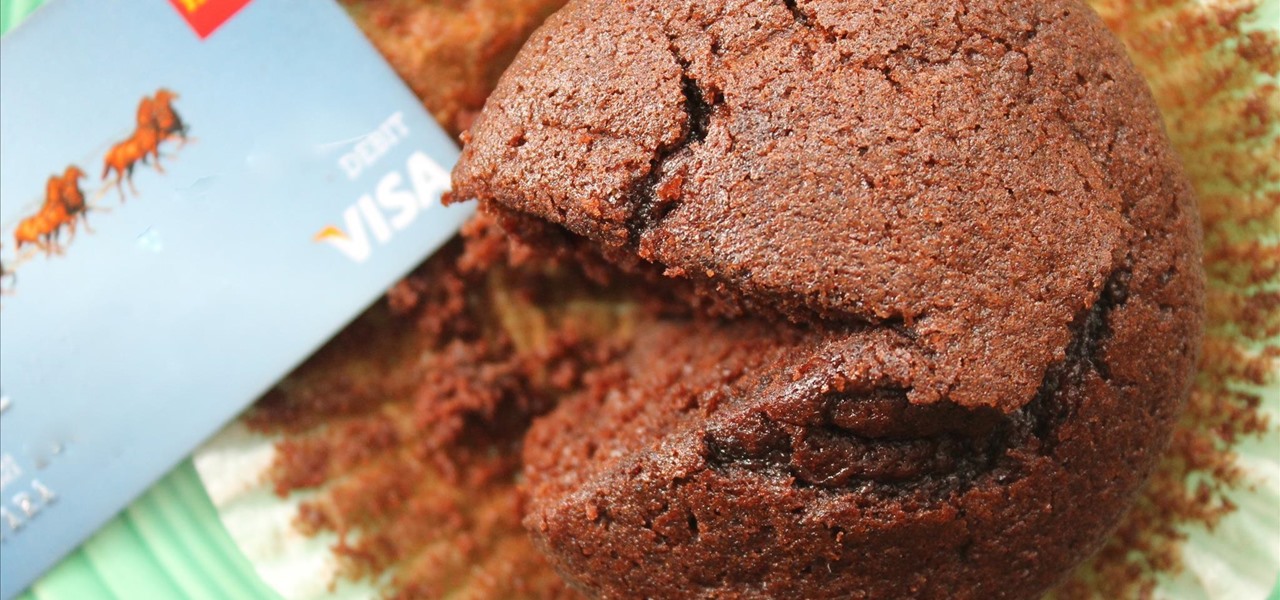
Believe it or not, you can put your money to use very efficiently in a new way: your credit or debit card can serve as a blade in desperate situations. (It might even be handier than dental floss as a brilliant substitution for specialized kitchen tools.) While I wouldn't take bets on it slicing a New York strip steak, there are definitely many other foods it will easily slice through. What Is It Made Of?
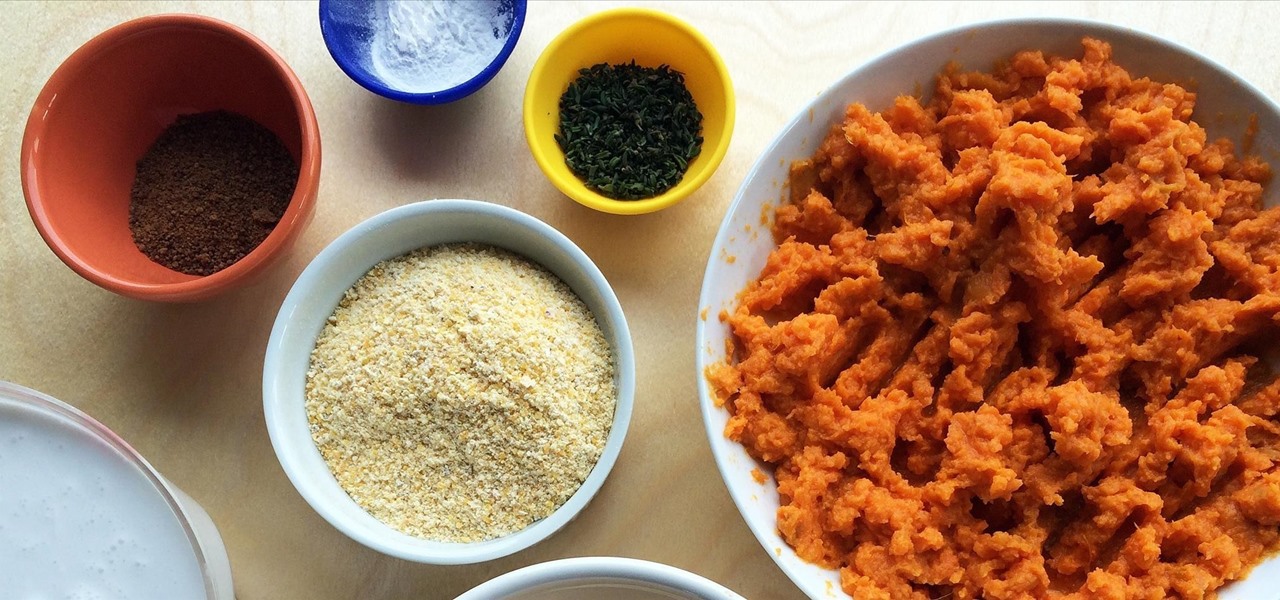
Recipes are invaluable to cooks who are just starting out, but what if you want to get to the next level? Then it's time you learn how to apply simple math to food. In other words, learn how to cook using ratios, not recipes.
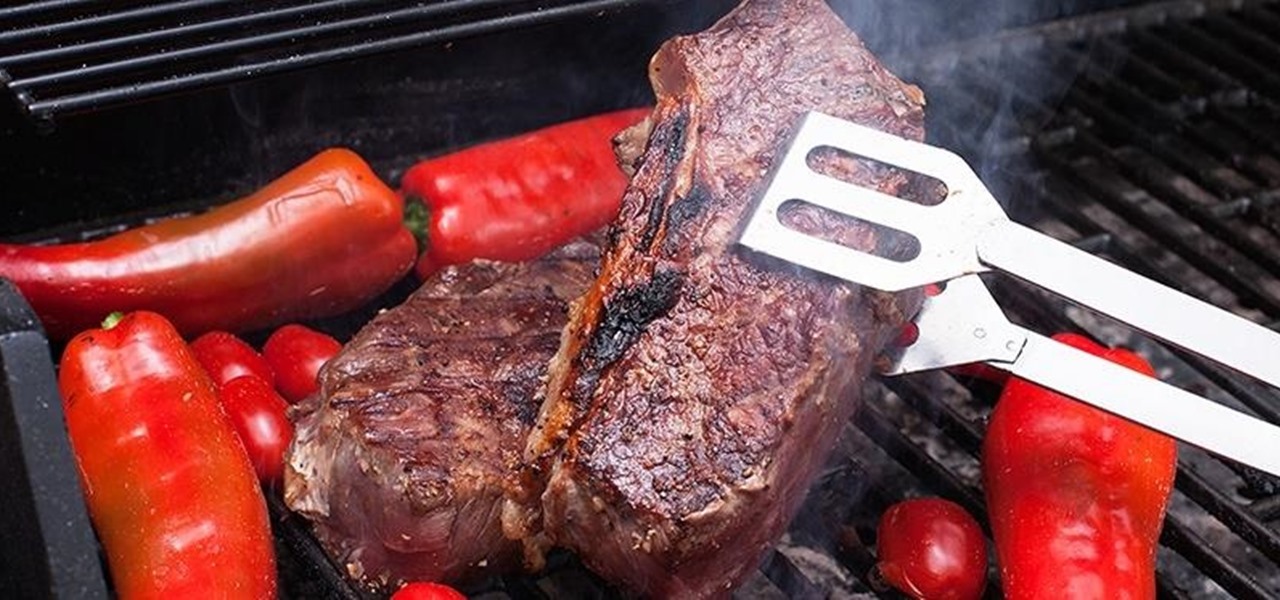
To flip, or not to flip, that is the real question. When you're nervously standing over the stove or grill, what do you do with that steak before you?

That Thanksgiving turkey isn't anything without the right kind of gravy to accompany it. A great turkey gravy makes your feast better for everyone. It's especially great to have if your turkey is dry— it's a lifesaver. But like we said— you need the right kind of gravy!

In this cooking class on video, learn how to make sausage stuffed chicken ciabatta sandwiches with pan gravy and dressing on the side. Our expert cook will walk you through this savory recipe with step-by-step instructions, including tips on how to cook the sausage, wash and chop the vegetables, prepare the bread, make the stuffing, clean and trim the chicken, make white wine infused gravy, and pull it all together into one delicious dish.

In this video series, our expert will teach you how to make traditional chicken tamales with a family recipe. Get easy to follow step-by-step instructions for preparing the chicken, making the masa mix and prepping the corn husks.

In this healthy cooking video series on vegetarian recipes, learn how to make delicious tofu nuggets. No, there is no chicken in these nuggets, but once you make them, you’ll realize they deserve just as much taste acclaim as actual chicken nuggets.

In this video cooking lesson you'll learn an easy recipe for Chicken Fricassée. Expert Liz Muller shows you how to prepare this delicious meal step-by-step.

In these cooking classes on video, learn how to make recipes for chicken soup and potato soup. Our expert will show you what ingredients and seasonings you need and how to prepare them, as well as the step-by-step process for putting these dishes together. When you’re finished, you should have two gourmet soups to use as a main course, side dish, or even a snack. Try these recipes out—your taste buds will thank you.

Alfred Prasad, Head chef at Michelin-starred Tamarind in London's Mayfair shows how to make his special Murgh Makhni. A delicious grilled chicken dish, simmered in creamed fresh tomatoes flavoured with ginger, fenugreek leaves and honey. The dish is said to have originated in the city of Delhi in the time of the Mughal Empire and is a fusion of Punjabi and Mughal cuisines. Delight in this Murgh Makhni recipe. Make murgh makhani.

Cow lurking behind a brick wall in Iraq. There, it's common for cattle, chickens and sheep to be enclosed by brick walls in the cities. It's also pretty common to have them on top roofs, kinda like a rooftop garden, only it's a rooftop farm. Pretty much nowhere for them to go!

Serious triathlon training involves energy expenditures upwards of 5,000 to 6,000 calories a day. Maintaining the level of food consumption for this kind of output means that triathletes in training are basically eating lots, and eating often. Renowned celebrity chef and Ironman triathlete Rocco DiSpirito recommends eating lots of bananas, peanut butter & jelly, lean proteins, fruits, vegetables and organic chicken stock to get the food intake levels up to that point.
i have groomed the chickens but how do i get the eggs and bacon to complete this mission??

BAM, STEVE-O, AND CHRIS ALL DREES UP AS DUCKLINS AND THEY TRY TO CROSS A BUSY STREET AND IF PEOPLE HONK THEY STOP AND DO THE CHICKEN DANCE INFRONT OF THEM.

This is a cute icon upon finishing the task!

Cook like a pro with Food & Wine Magazine. Watch as chef José Andrés makes a lobster stock for his lobster and chicken paella. Make Lobster Paella with Food & Wine Magazine.

Chef Mark Militello makes West Indian pumpkin rice; Rice, roasted in chicken stock and cooked with a light, pumpkin puree, creates an appetizing side dish, both to the stomach and to the eye. Make West Indian pumpkin rice.

A rich, velvety Jewish dish, made with fried chicken livers, wine and fried onions. Sample this Chopped Liver recipe today. Make chopped liver.

Chef Alfred Portale demonstrates how to correctly debone and cut a duck. This is a different technique than deboning a turkey or chicken. Correctly debone a duck.

Pasta palermo with Italian side salad is a Sicillian favorite. This simple meal takes approximately 30 minutes to prepare. You will need sun-dried tomato turkey sausage, skinless chicken thighs, butter, red onons, garlic, salt, pepper, water, ziti, mild pepper rings, zucchini, black olives and red wine vinegar. Make pasta palermo with Italian side salad.

If you love fresh eggs and don't live near anywhere you can get them, but your house is zoned agricultural, you can raise your own chickens to get them! This video will show you how to build your own 4 chicken coop that will keep your little layers happy.

Chicken and vegetables Ingredients:

The smell of hot curry pouring from room is inevitable. The mixture of spices filled up my nostril as I sat. The lighting of the room might not be pleasant but it is the way in which the restaurant owner set up his restaurant to stop excessive lighting, which is done with a huge decorative curtain. My attention was set on the glamorous uplifting Indian pop music, playing from the large high-definition televisions.

Renowned Italian chef Massimo Tagliaferri shows us how to make sea bass in a salt and parsley crust, stuffed with herbs and garlic. Enjoy our sea bass in a salt crust recipe. Make sea bass in a salt crust.

Scott Gottfried shows you in this series of videos a recipe for delicious and incredibly easy rotisserie chicken.

In this video series, learn how to make Chinese chicken with fried rice. Our expert, Matt Sentore, shows you everything you need to know to make this tasty dish.

Are you ready to learn how to make an authentic Chinese recipe? In this video cooking class, learn how to make a traditional sweet and sour pork and chicken dish.

This Hearty Turkey Chili- Cincinnati Style is yet another tasty creation of Chef Hubert Keller. Ground turkey, sauteed vegetables, and savory spices complete the flavors of this recipe.

Says creator and Flickr user gomhi, "Handcrafted loudspeakers using chicken eggshell as cabinet. They sound narrow, but I'm pleased about the result. "

Sometimes I just get hypnotized when I am watching a good instructional.

Jacques and Julia demonstrate, step-by-step, how to create a buttery and flaky tart crust for their fresh fruit tarts. There may be some comical descrepencies based on room temperature and humidity levels. Make tart crust.

Usually, stuffed peppers are made with ground beef, but in this healthier twist on stuffed peppers, ground turkey is the culprit. This can be made with whatever ingredients you prefer, but it's always best to stick with the recipe for the first time, then add or modify it to your liking.

When to throw meat away is a common question, and one I often ask when faced with meat sitting in the fridge after a few days. With vegetables, you can usually tell on sight (or with this guide) when they're past due, but meat is not as simple.

Greek yogurt has always been in my regular snack rotation. Packed with more protein than plain yogurt, it fills me up and stabilizes my energy with its low levels of carbohydrates and sugar.

For me, shredded coconut is something that is eaten several times a week in a variety of ways—and that includes in savory dishes. It can be added to just about anything, and this is a good thing if you enjoy having some variety in your diet. Because I get tired of eating the same foods all the time, over the last few weeks I've tried some pretty interesting and simple ways to use coconut flakes in order to keep my finicky palate satisfied.

The first written account of "stock" as a culinary staple goes back to 1653, when La Varenne's Cookery described boiling mushroom stems and table scraps with other ingredients (such as herbs and basic vegetables) in water to use for sauces. But really, the concept of stock has probably been around for as long as people have been using water to boil food.













